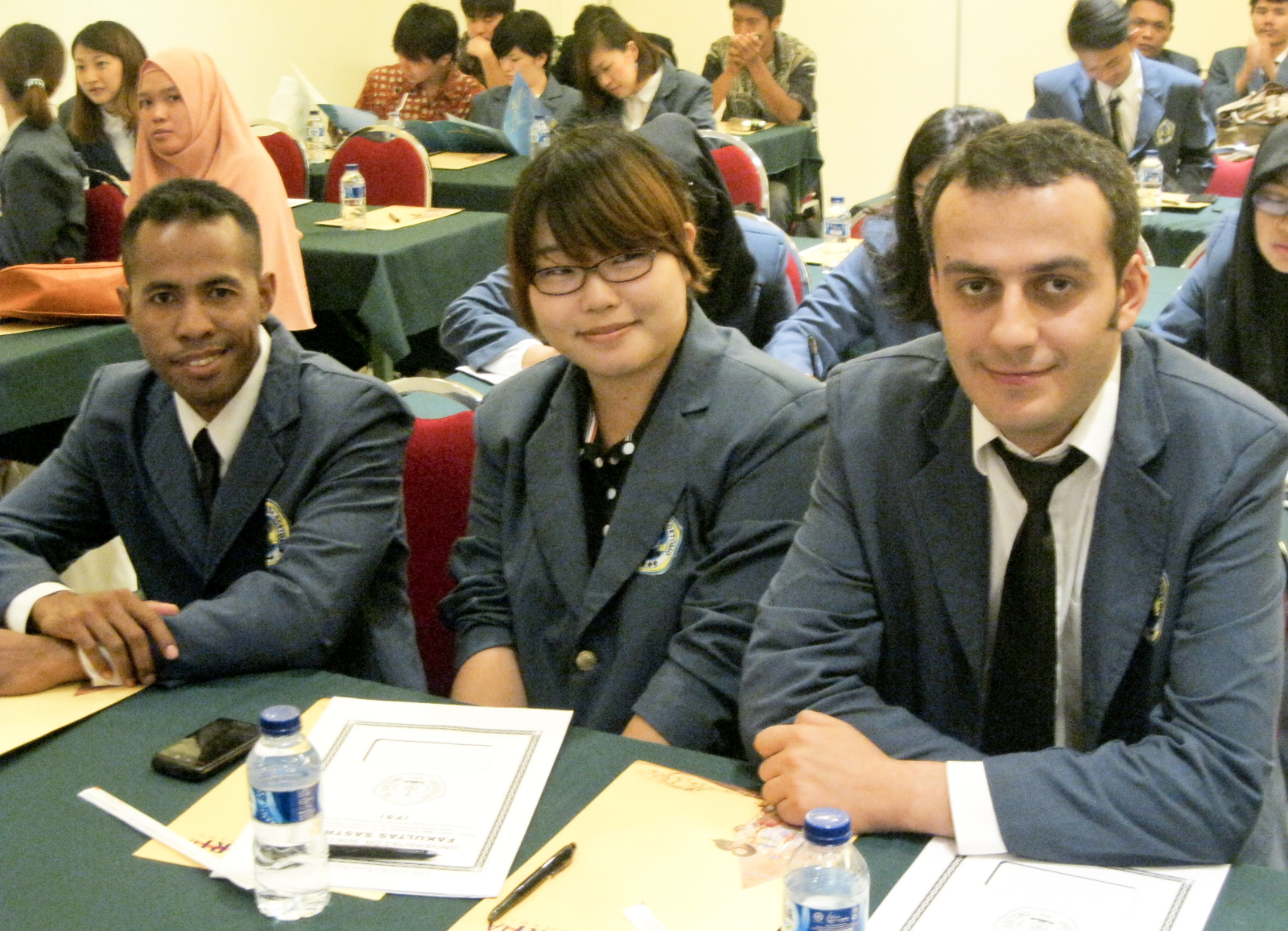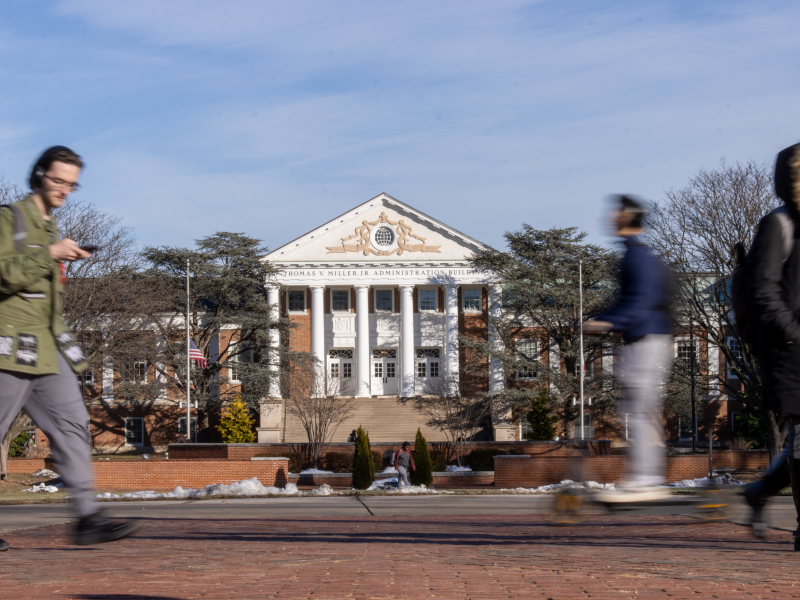Views expressed in opinion columns are the author’s own.
The cup of Starbucks you sip every morning may have coffee beans grown in the middle of a Sumatran farm. And there’s a good chance the shirt you’re wearing reads “Made in China” in small print. But what do your caffeinated drink and your favorite shirt have in common? They are both the tangible products of globalization, which the World Economic Forum describes as “the process by which people and goods move easily across borders.”
Globalization has understandably exploded in the 21st century with the advent of new technologies, and it has brought the world closer together. But the phenomenon isn’t limited to economic interactions — it also manifests in higher education. Crowds of international students come to study in the U.S. as American universities are increasingly establishing connections with international campuses.
In the U.S., there were more than 1 million international students in the 2015-16 academic year. The University of Maryland is hosting 5,150 international students this fall alone. That figure is even bigger elsewhere: This year at New York University, 13,735 students — that’s 27 percent of the school’s student population — are from abroad.
For the most part, the increased globalization on our campuses means a world of opportunities for international and mainland students alike. However, it has many unforeseen consequences universities must consider.
The already cavernous disparities between less-developed and more-developed countries may widen. According to the International Journal of Lifelong Education, countries first need to have “the communications infrastructure and the production system” to process information and reap the full benefits of globalization. On top of that, citizens of those countries must have access to that information and the ability to participate and get creative with it.
Extremely impoverished and underdeveloped communities that can’t check off these boxes are immediately left in the void, unable to benefit from globalization. Oftentimes, they become trapped in an endless cycle of poverty. These are the students and community members who need education the most, to see upward mobility. And those who can easily afford a globalized, technologically advanced education generally come from wealthy, already well-off families.
While two-thirds of American students get some kind of financial aid, only 20 percent of international students receive funding from their institutions, according to an article in The Atlantic. The article goes on to explain that countries like China and India, which send huge waves of students to the United States, have created “a new middle class” that can afford America’s costly education. For non-Maryland natives, one full year at this university costs more than $40,000, and given that the typical Chinese person has a yearly income of less than $3,500, it’s likely that international students who come here aren’t exactly middle class back at home.
Another issue of globalization is how these top universities make education accessible for marginalized communities. At this university, there are only 4,605 black American students enrolled this semester. This disparity is not isolated to us; you can see a wider gap at schools like NYU, which has 2,842 black American students this semester — about one-fifth of its international student total.
This emphasis on an “American” education stresses that education here is better, diminishing the interconnectedness that a global education primarily stands for. For example, many schools abroad have mandated their students speak in English. At a top university in France, there were even petitions plastered along the corridors declaring that a native French professor shouldn’t have to teach economics to native French students in English.
This globalization of education, if it continues to cater to those who can already afford it, defeats the purpose of a globalized, interconnected education in the first place. Education is a right, not a privilege.
Maris Medina is a sophomore journalism major. She can be reached at marismedina29@gmail.com.



